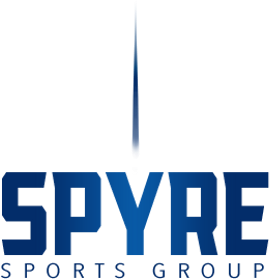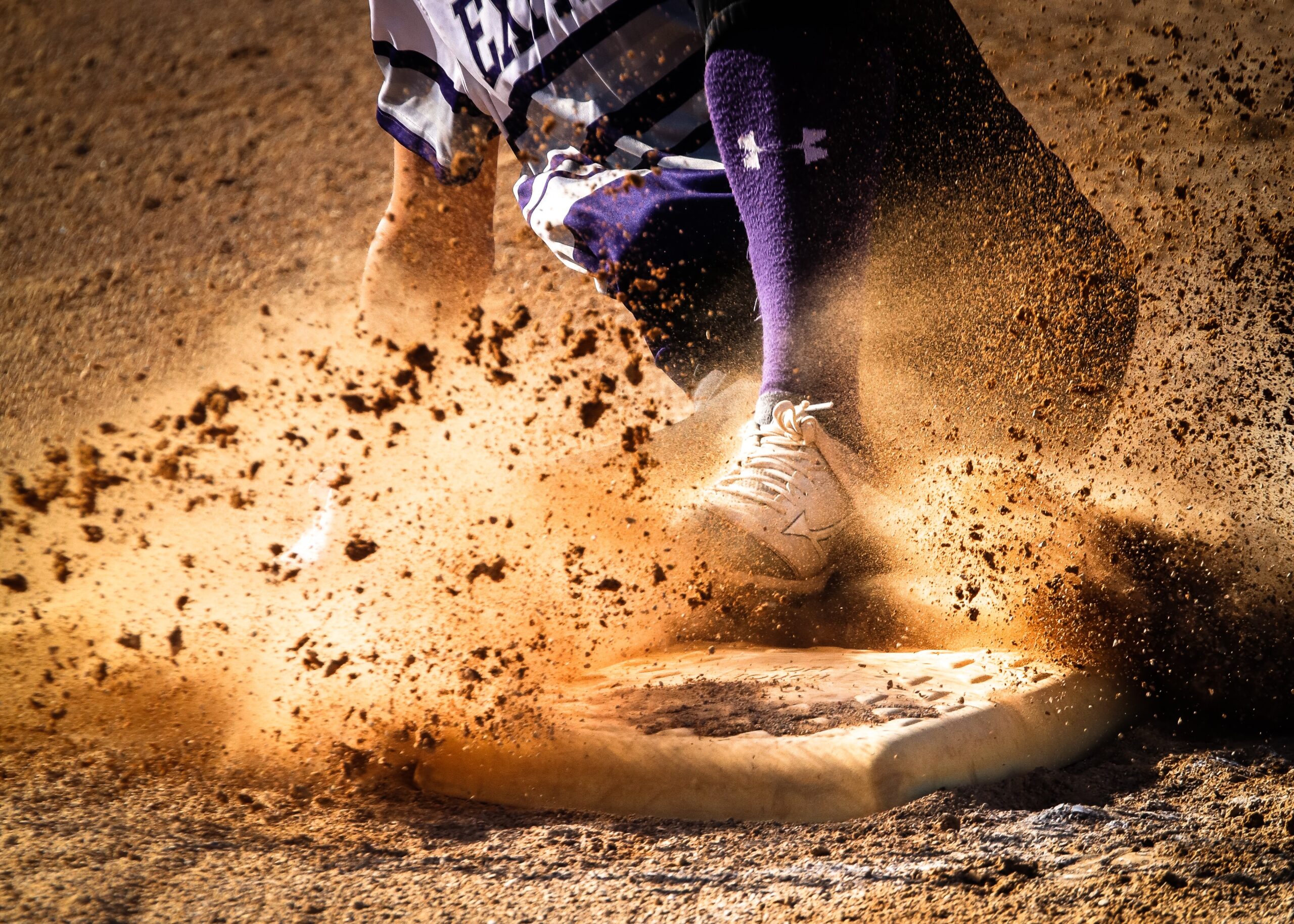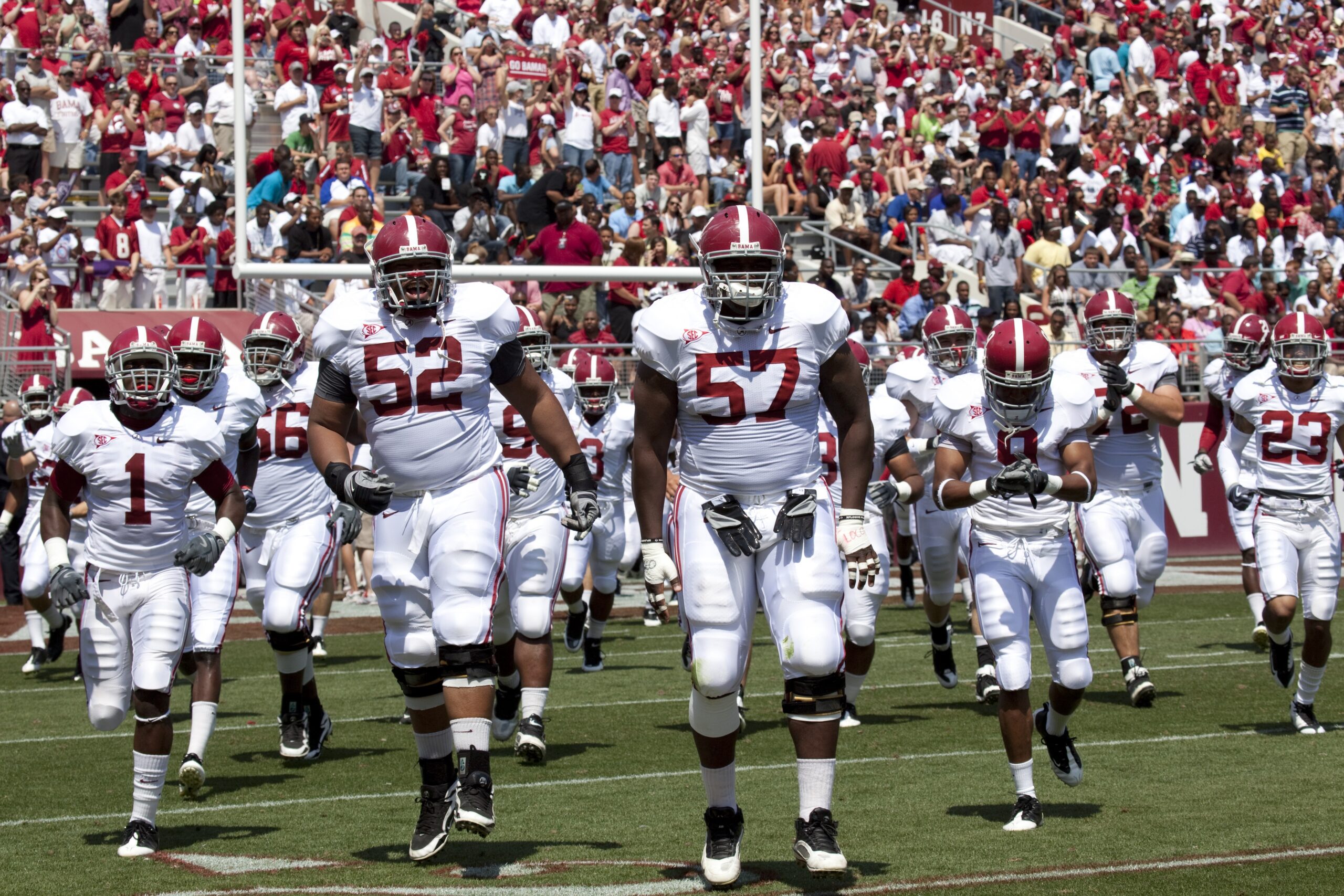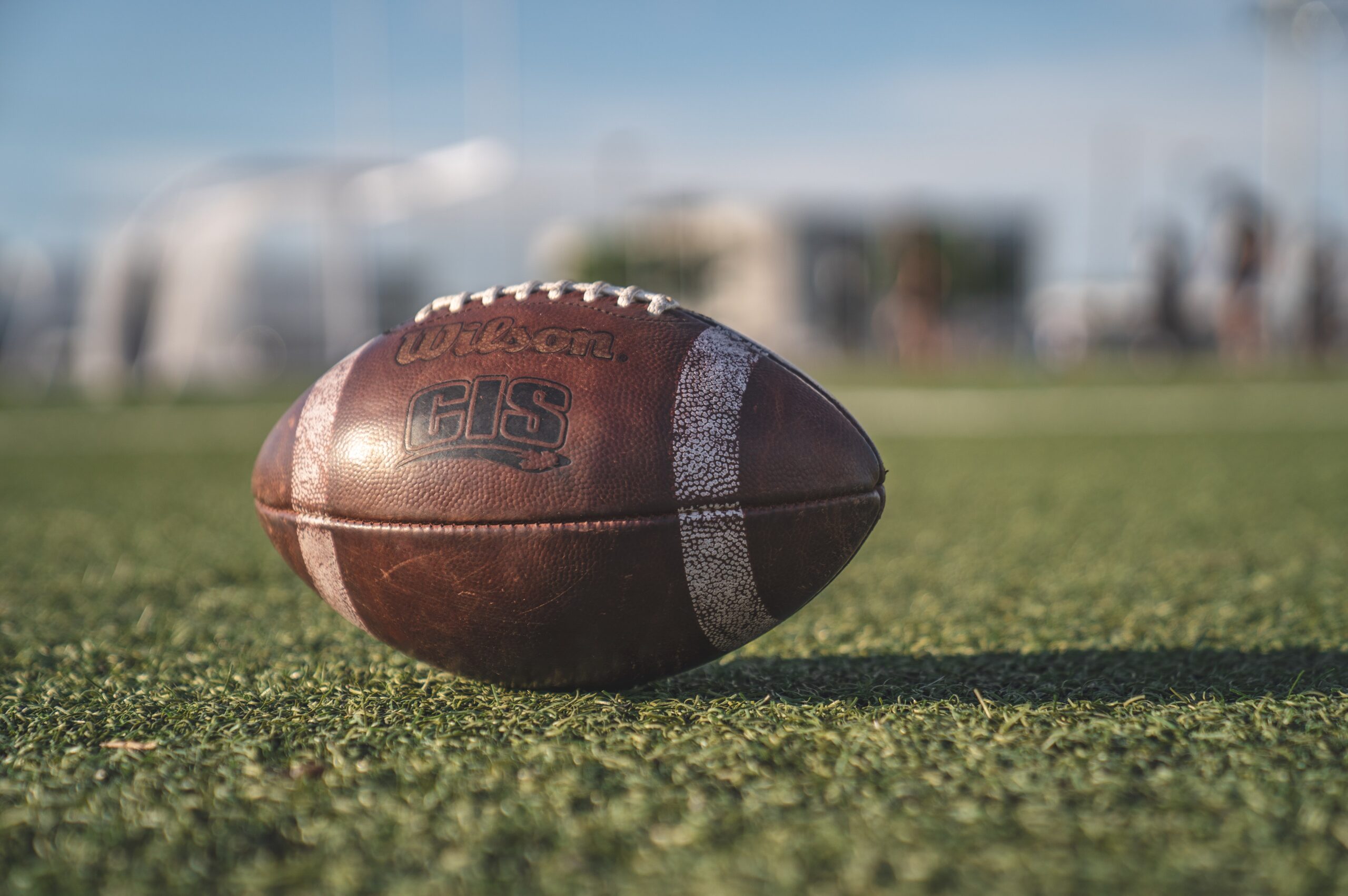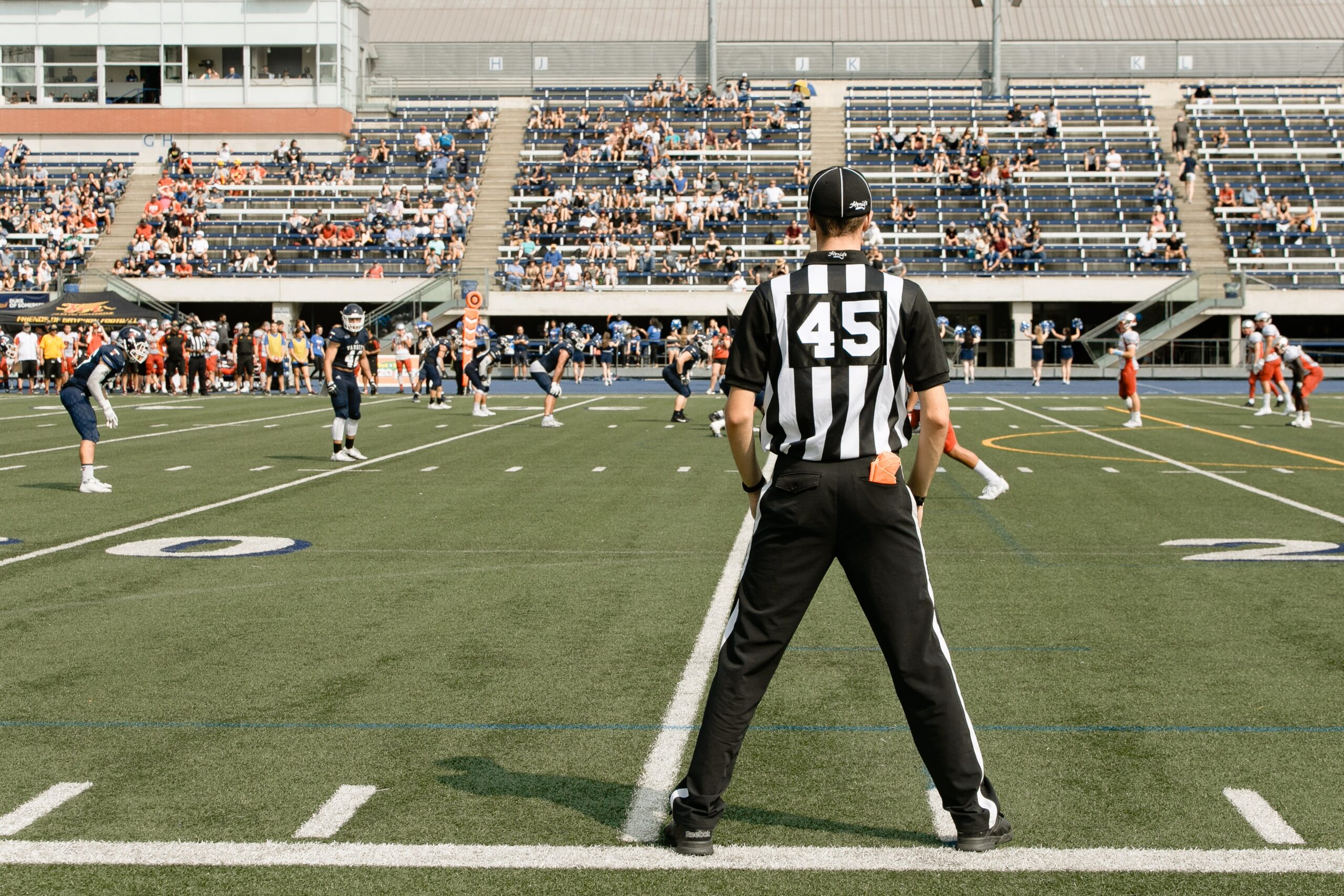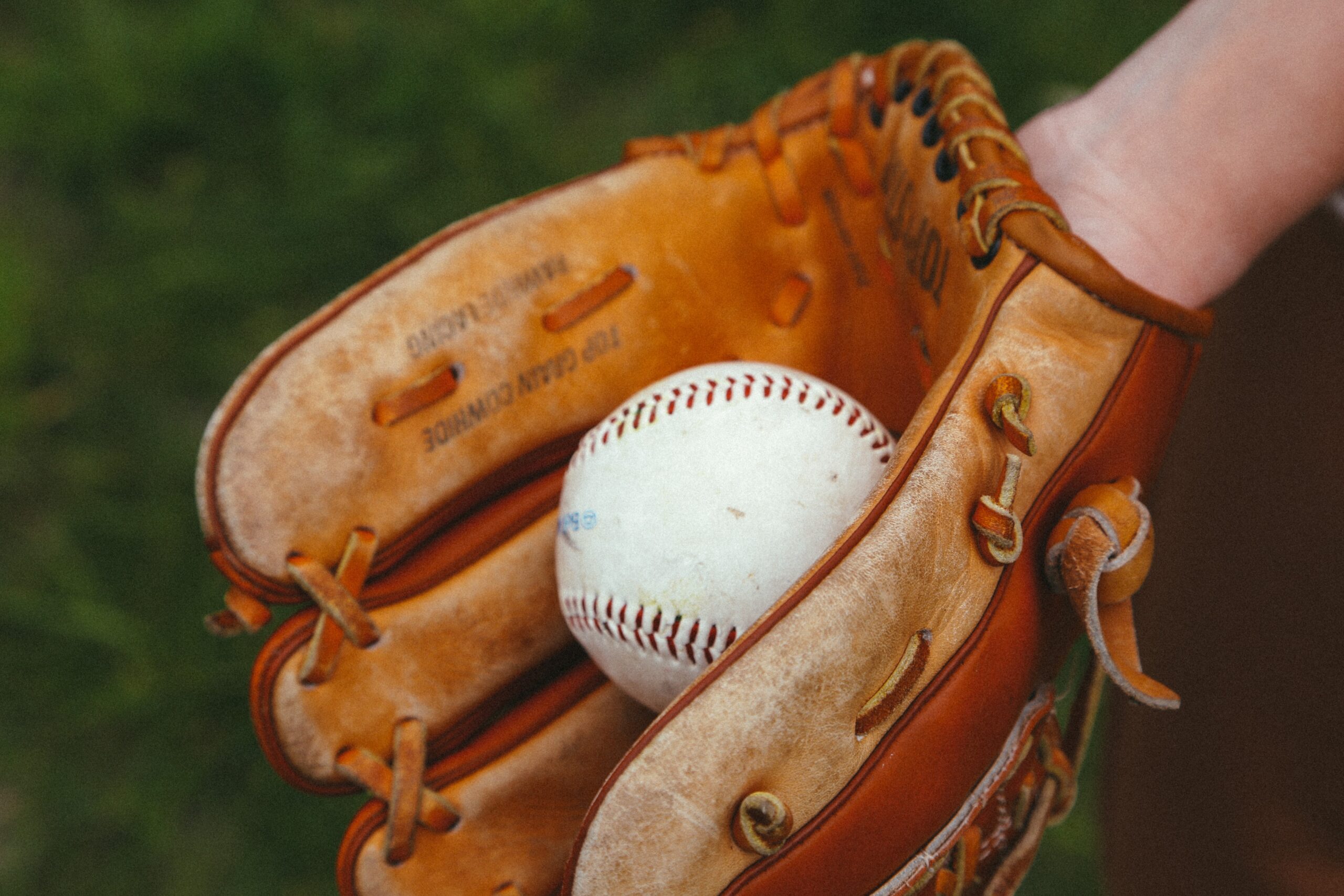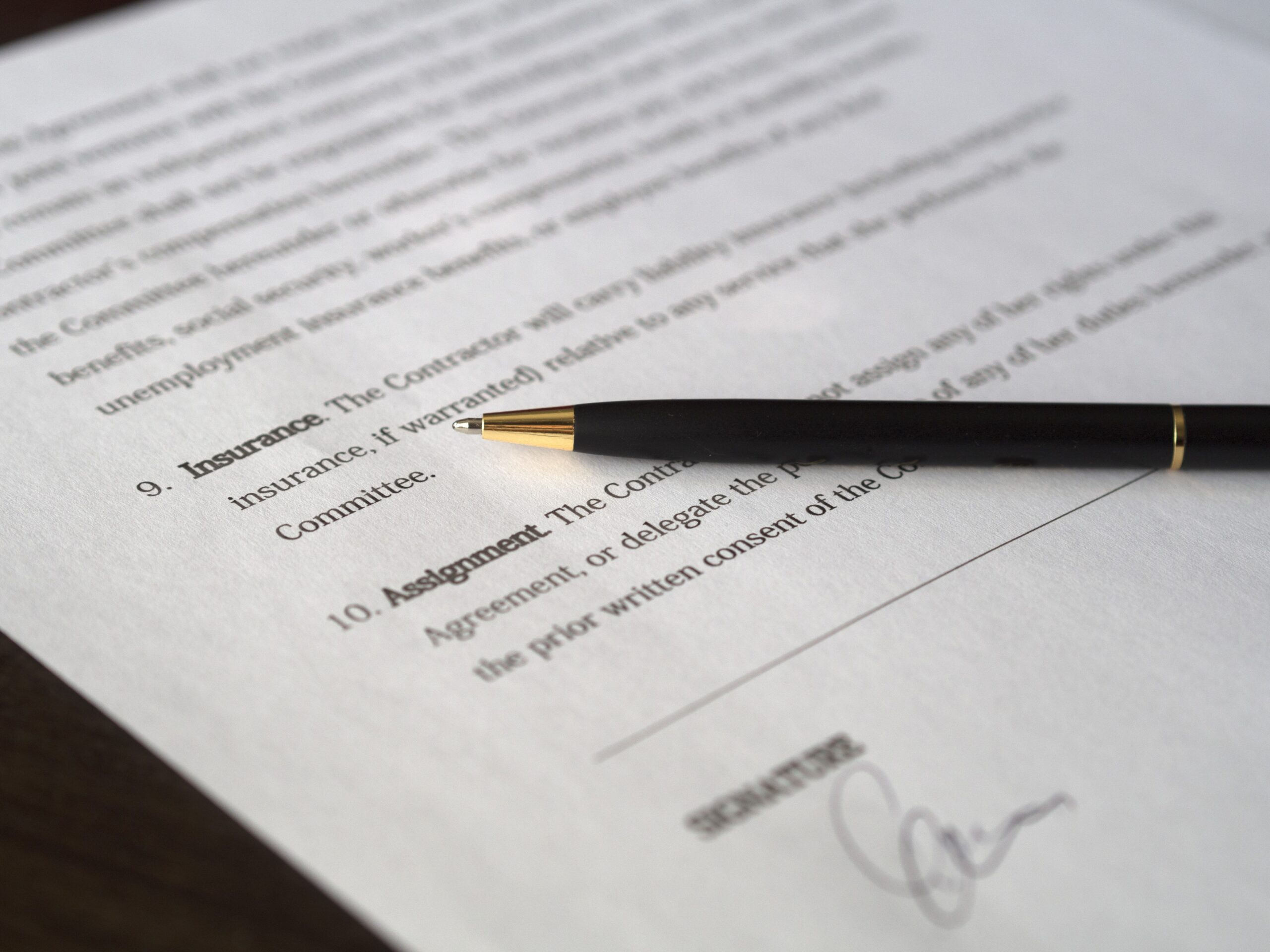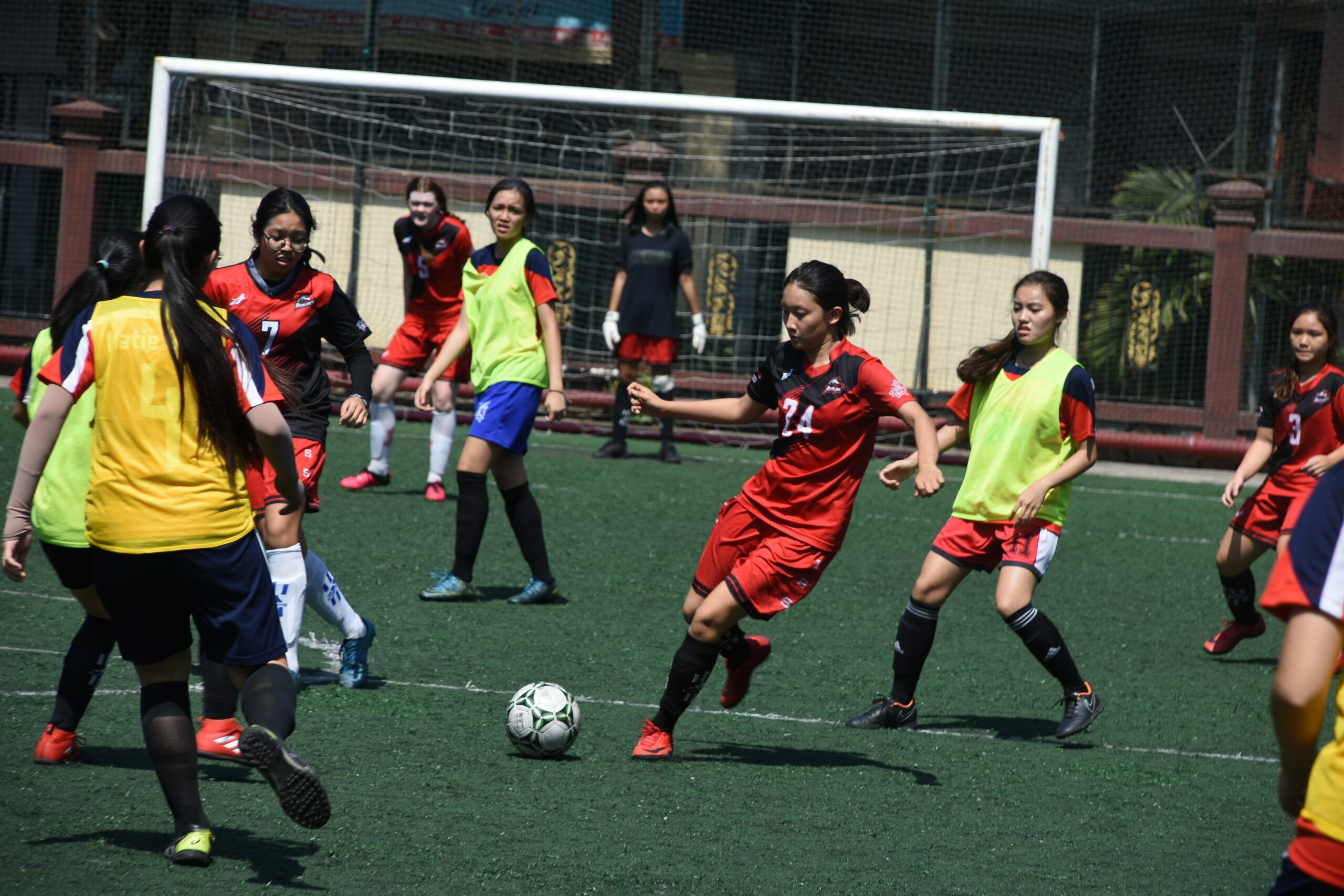The term “student-athlete” was introduced by the NCAA in the 1950s, with the introduction of their first-ever executive director, Walter Byers. Although the label was new at the time, it was meant to underscore the amateurism principle the organization had worked tirelessly to solidify since its founding in 1906:
“The NCAA promotes amateurism to create a level playing field for all student-athletes. The young men and women who compete in college sports are students first, athletes second.”
It’s this definition that is meant to provide the clear delineation between a college and professional athletes. And the tactical application of this definition is most readily apparent through name, image, and likeness (NIL) rules.
At a high level, the NCAA established NIL rules and policies for student-athletes to prevent them from profiting from their name, image, and likeness the way a professional athlete can. Of course, the NCAA is no longer the only entity setting NIL policy, making the ecosystem of these rules much more complex. And that’s exactly what this article will be digging into.
Amateurism and NIL rules
For generations, the debate around amateurism and NIL rules, as defined by the NCAA, has marched on. There are passionate arguments on both sides, for and against the idea of student-athletes being able to be compensated for their name, image, and likeness (and in other ways) similar to professional athletes.
“My name, image and likeness (are) owned by someone else. That’s just how I view it … You see people with academic scholarships, they don’t have that problem. I feel like everyone on our team earned our scholarships, but we also earned our own name as well. That’s just (marketing) opportunities for us that we deserve.’’
“Colleges are already compensating their student athletes with tuition, room, board, coaching, nutritional support, and physical trainers that can exceed $100,000 per year in value. Student athletes are already paid and the current system is pretty close to as fair as we are going to get. Paying a few of them more will not improve college sports.”
Although state legislatures have disrupted the status quo in recent years, it’s important for us to remember that current NCAA bylaws in place technically still hold firm on student-athletes not being able to profit from their name, image, and likeness:
12.1.2 Amateur status. An individual loses amateur status and thus shall not be eligible for intercollegiate competition in a particular sport if the individual:
- Uses athletics skill (directly or indirectly) for pay in any form in that sport;
- Accepts a promise of pay even if such pay is to be received following completion of intercollegiate athletics participation;
- Signs a contract or commitment of any kind to play professional athletics, regardless of its legal enforceability or any consideration received, except as permitted in Bylaw 12.2.5.1;
- Receives, directly or indirectly, a salary, reimbursement of expenses or any other form of financial assistance from a professional sports organization based on athletics skill or participation, except as permitted by NCAA rules and regulations;
- Competes on any professional athletics team per Bylaw 12.02.12, even if no pay or remuneration for expenses was received, except as permitted in Bylaw 12.2.3.2.1;
- After initial full-time collegiate enrollment, enters into a professional draft (see Bylaw 12.2.4);
- Enters into an agreement with an agent.
These rules from the NCAA, historically speaking, were designed to prevent everything from pay-to-play recruitment arrangements to working with an agent for college players.
Of course, these bylaws are no longer the final word on the NIL and student-athlete compensation debate anymore.
State laws have changed the NIL rule landscape
The NCAA has been able to maintain their status as the leading authority on NIL rules for many years as the lone organizational body setting policies.
These policies are still enforced today by governance mechanisms like the NCAA Eligibility Center. As any would-be Division I or Division II student-athlete will tell you, the NCAA Eligibility Center is the entity that determines definitively whether or not they are eligible to play.
Today, however, the story is somewhat different. Ultimately, the NCAA is private organization, not a true government entity with any sort of legal standing. More simply, NCAA can create guidelines, not laws.
In recent years, state legislatures across the country, in response to the debate over NIL and student-athlete compensation, have proven this point by passing legislation circumventing the strict guidelines put forward by the NCAA.
It began with the Fair Pay-to-Play Act passed by California, which allowed student-athletes under California jurisdiction to pursue endorsement deals, agent relationships, and other NIL-related compensation opportunities of any kind.
At the time, Governor Gavin Newsom noted:
“[Signing the bill] is going to initiate dozens of other states to introduce similar legislation. And it’s going to change college sports for the better by having now the interests, finally, of the athletes, on par with the interests of the institutions. Now we’re rebalancing that power arrangement.“
Newsom was correct in his prediction. California’s legislation paved the way for similar laws in states like Alabama, Connecticut, Florida, Georgia, Illinois, Kentucky, Mississippi, New Mexico, Ohio, Oregon, Pennsylvania, Tennessee, and Texas.
As expected, each state varies in the specifics of their NIL laws. For instance, whereas California puts no stipulations or exceptions on the kinds of brands a student-athlete may partner with, the same does not hold true in Texas. The Lone Star state’s NIL laws prohibit vice-related brand partnerships, like cigarettes, gambling, and so on.
As soon as states started passing NIL laws, college athletes began capitalizing on their newfound freedoms:
NCAA has introduced an interim NIL policy
Technically, the bylaws we noted earlier are still on the books with the NCAA. But with states steadily chipping away at the NCAA’s authority more aggressively in the past few years, the NCAA needed to respond.
They did so in 2021 when they released an interim NIL policy to be used in conjunction with the current bylaws and as a complement to state laws, of which they have no legal standing to override as a private entity.
In summation, the interim policy doesn’t break too much new ground. It simply asserts that yes, state laws supersede NCAA policy. So, if a student-athlete is in the jurisdiction of a state with NIL legislation on the books, those are the rules they should follow. If a student-athlete does not, however, the NCAA bylaws stand.
NCAA President Mark Emmert noted when this interim policy was released:
“This is an important day for college athletes since they all are now able to take advantage of name, image and likeness opportunities. With the variety of state laws adopted across the country, we will continue to work with Congress to develop a solution that will provide clarity on a national level. The current environment — both legal and legislative — prevents us from providing a more permanent solution and the level of detail student-athletes deserve.”
Previous attempts to gain federal “clarity” have failed.
For example, the U.S. Supreme Court declined to hear the case of O’Bannon vs. the NCAA <<link to NIL pillar>>, in which former famed UCLA basketball player Ed O’Bannon, as well as 19 other current and former college athletes, filed suit against the NCAA, along with Electronic Arts and the Collegiate Licensing Company, contending lack of compensation violated the Sherman Antitrust Act.
To Emmert’s point, what stands today as NIL policy will likely evolve in the future, as the NCAA, student-athletes, colleges, and state (and, potentially, federal) legislative bodies seek to control the definition of what “clarity” ultimately looks like.
